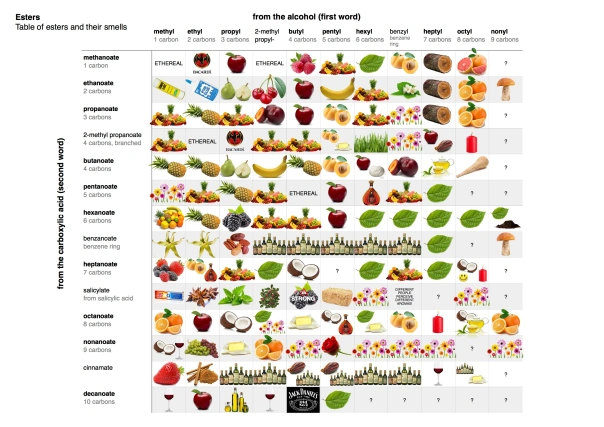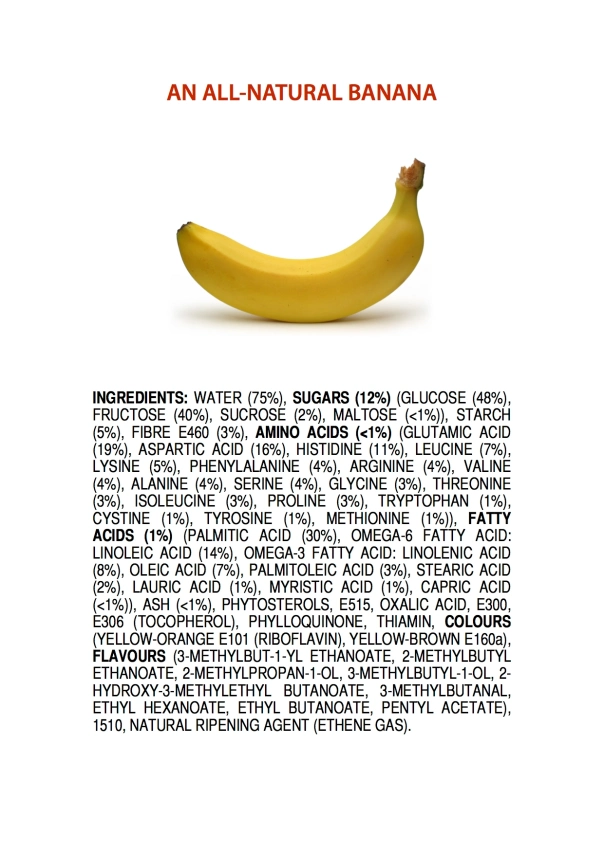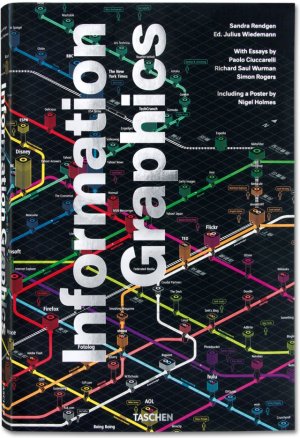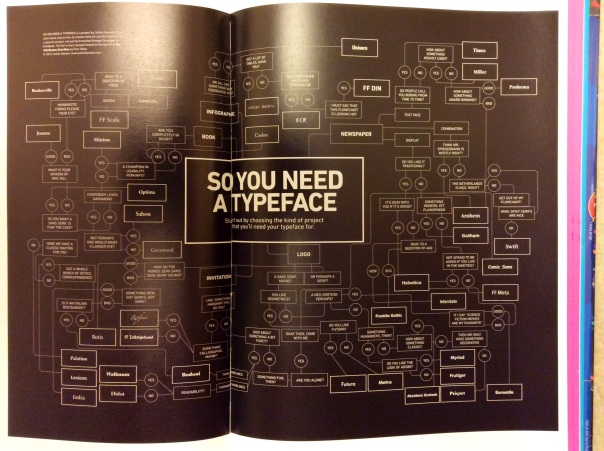
If you’ve ever tried Beats® headphones, you’ll have felt the rich, powerful baselines they give you without overwhelming the rest of the music. Beats® and its music streaming service, BeatsMusic, have become so popular so fast that they now recently acquired by Apple for a whopping $3 billion, making co-founder Dr Dre the most financially successful hip-hop artist of all time. By far.
Here’s how this best-selling product works. Each headphone contains a neodymium magnet (the strongest known permanent magnet). When an electrical signal from your iPod (or similar) passes through the gold-plated audio cable to the voice coil, electromagnetic induction gives the voice coil a variable magnetic field. The exact strength and timing of the variable magnetic field represent perfectly the music being played. The voice coil’s magnetic field then interacts with the magnetic field of the headphone’s neodymium magnet via magnetic attraction (or repulsion), which moves the diaphragm, which sits between the magnet and the ear. When the diaphragm moves, it creates differences in air pressure (sound waves) that are detected by the diaphragm in your ear.
Excellent sound quality requires an air-tight seal between the headphone’s diaphragm and the diaphragm in your ear. Overstuffed leather guarantees this air-tight fit. Leather requires over 20 treatment processes before it’s ready to use in manufacturing. One of those processes is dying using polyazo dyes. When used in lower concentrations, these dyes are brightly-coloured; when mixed together and used in very high concentrations, they give an overall ‘black’ appearance to the leather.
The Beats® headphone frame is made from strong anodised aluminium. Aluminium, a strong yet lightweight metal perfect for making wearable tech, is anodised to increase its ability to resist wear-and-tear. The aluminium headphone frame is dipped into an electrolytic solution with a ~20-volt direct current flowing through it. Bubbles of hydrogen form at the cathode, and bubbles of oxygen form on the surface of the headphone. This oxygen gas buildup quickly oxidises not only the surface of the headphone, but deep into pores in the surface, which give the frame very high resistance to corrosion. ●











